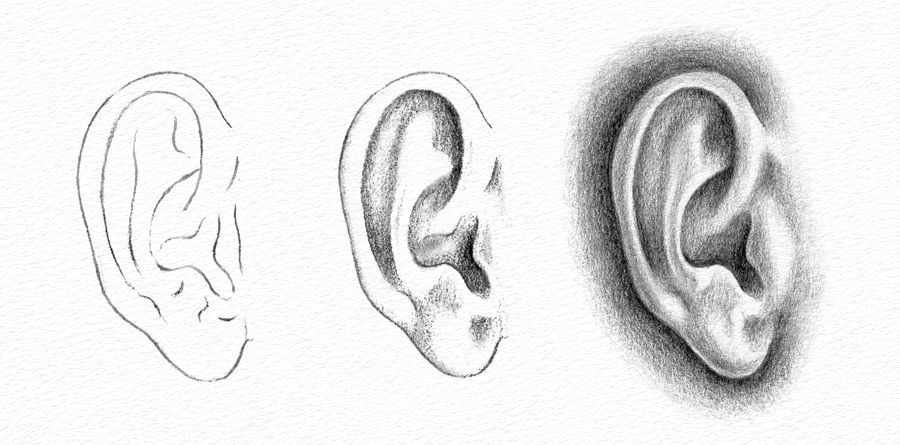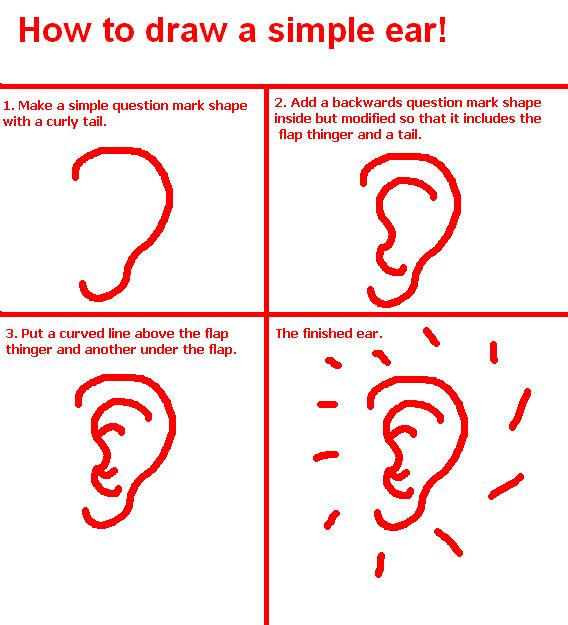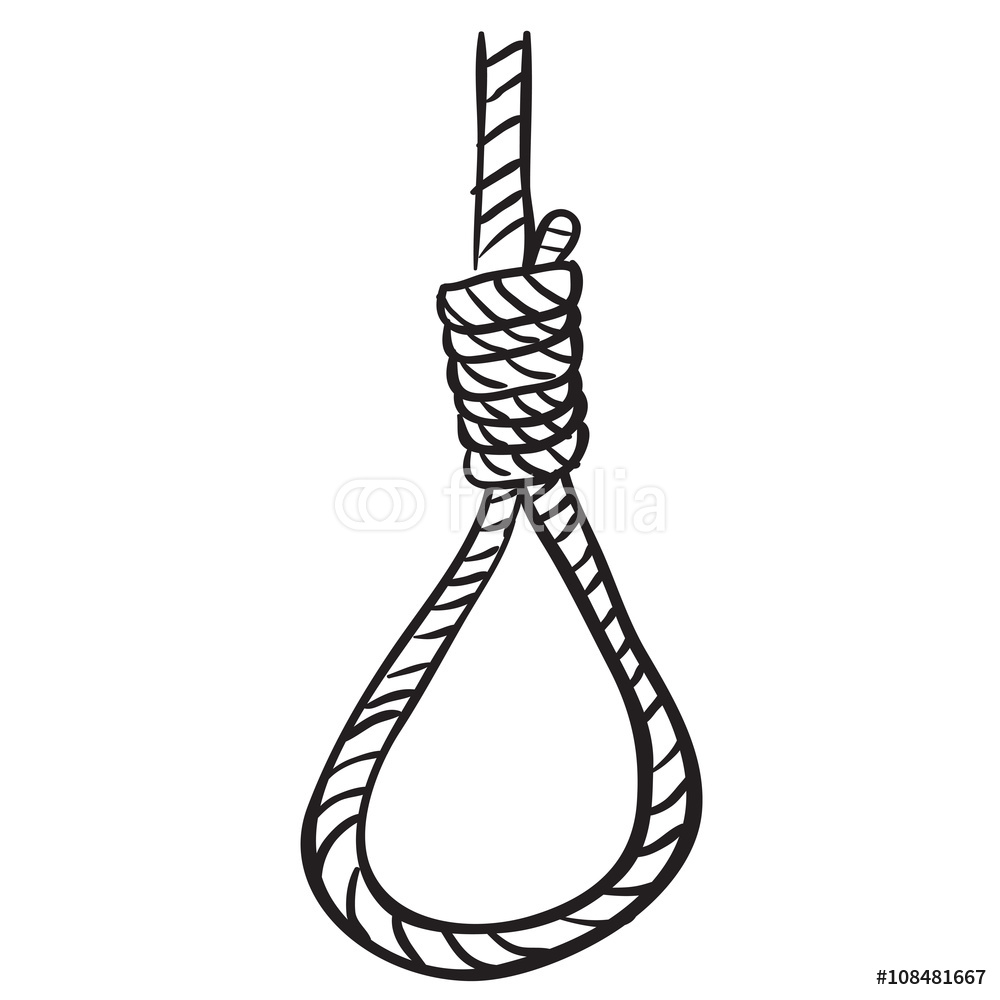Pencil portrait drawing
Table of Contents
Table of Contents
Have you ever tried to draw a portrait but struggled to get the ears just right? Learning how to draw a realistic ear can be a challenge for many artists, but with the right techniques and practice, anyone can master this important feature. In this post, we will explore various tips and tricks for drawing ears that will take your portraits to the next level.
The Struggle to Draw Ears
Every artist has struggled at some point with drawing ears. Getting the shape and proportions just right, capturing the subtle curves and crevices, and adding the necessary shading can be a daunting task. But with practice and patience, you can learn to draw ears with confidence and accuracy. Whether you’re a beginner or an experienced artist, these tips and techniques will help you to improve your ear-drawing skills.
How to Draw an Ear
The first step in drawing an ear is to carefully observe the shapes and details. To get a realistic and accurate drawing, you need to pay close attention to the outer ear, helix, antihelix, tragus, and lobule. Once you have studied these features, you can start to sketch out the basic shape of the ear using simple shapes such as circles, ovals, and triangles. You can then add more detail and shading, taking care to keep the proportions and perspective in check. Don’t be afraid to use reference images or even a mirror to observe your own ears and see how they are structured.
Step-by-Step Guide to Drawing an Ear
1. Start by drawing the basic shape of the ear using a circle or oval for the helix and a smaller circle or oval for the lobule.

2. Draw the antihelix, tragus, and other inner ear features using curved lines and shading to add dimension and texture.

3. Add shading to create depth and texture, making sure to keep the values consistent with the overall lighting in your drawing.

Personal Experience with Drawing Ears
When I first started drawing portraits, I struggled with getting the ears just right. They always seemed too big or too small, and I couldn’t quite capture the subtle details. But I kept practicing, using reference images and studying the structure of the ear. Over time, I learned to recognize the basic shapes and proportions and how to add shading to create depth and texture. Now, drawing ears comes more naturally to me, and I’m able to add this important feature to my portraits with ease.
Common Mistakes When Drawing Ears
One of the most common mistakes when drawing ears is not paying attention to the proportions and perspective. Ears come in all shapes and sizes, and it’s important to get the size and placement just right in relation to the other features of the face. Another mistake is not adding enough shading or texture to create depth and dimension. Without these elements, the ear can look flat and unrealistic.
Additional Tips and Tricks for Drawing Ears
- Use a variety of pencils to create different textures and values.
- Pay attention to the lighting in your reference image or model to create realistic shadows and highlights.
- Study the anatomy of the ear to understand the structure and how it connects to the rest of the face.
Practice Makes Perfect
Learning how to draw a realistic ear takes time and practice, but with these tips and techniques, you can improve your skills and create more lifelike portraits. Whether you’re a beginner or an experienced artist, never be afraid to keep practicing and experimenting with different techniques until you find what works best for you.
Question and Answer
Q: How do you draw the inner ear?
A: The inner ear is made up of several features, including the helix, antihelix, tragus, and concha. These can be drawn using curved lines and shading to create depth and texture.
Q: What are some common mistakes to avoid when drawing ears?
A: One of the most common mistakes is not paying attention to the proportions and perspective of the ear. It’s important to get the size and placement just right in relation to the other features of the face. Another mistake is not adding enough shading or texture to create depth and dimension.
Q: How do you add texture when drawing an ear?
A: You can add texture to an ear by using a variety of pencils and shading techniques. Hatching, cross-hatching, stippling, and blending can all be used to create different textures and values.
Q: What are some good reference images for drawing ears?
A: There are many websites that offer tutorials and reference images for drawing ears, such as Artyfactory and Pinterest. You can also use photographs of models or even your own ears as a reference.
Conclusion of How to Draw an Ear
Drawing a realistic ear can be a challenge, but with practice and the right techniques, anyone can master this important feature. By paying attention to the shapes, proportions, and shading, you can create lifelike ears that bring your portraits to life. So keep practicing and experimenting until you find what works best for you, and never be afraid to ask for feedback or seek out new reference materials to improve your skills.
Gallery
How To Draw An Ear – Really Easy Drawing Tutorial | Drawing Tutorial

Photo Credit by: bing.com / ear draw step drawing easy beginners ears tutorial drawings kids zeichnen really tutorials steps learn things artists pencil realistic anleitung
How To Draw A Simple Ear By Chexapeek On DeviantArt

Photo Credit by: bing.com / ear draw simple deviantart
Pencil Portrait Drawing - How To Draw An Ear

Photo Credit by: bing.com / ear drawing pencil draw line portraits step portrait learn flesh arrangement complicated ripples folds
How To Draw Ears: Step By Step - YouTube

Photo Credit by: bing.com / ears draw drawing step pencil ear easy drawings realistic way sketching simple nose beginners kids circle choose board
Pencil Portrait Drawing - How To Draw An Ear

Photo Credit by: bing.com / ear drawing pencil draw step portrait portraits drawings eyes steps sketches artyfactory learn sketching tutorial kulak






